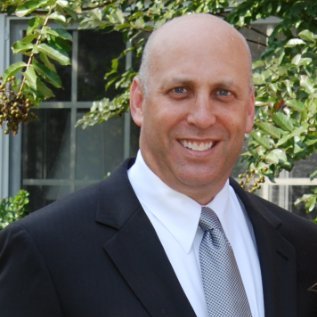Fraud on health exchanges is becoming an increasingly large problem for health plans. While most brokers operating exchanges fulfill their obligations, new entrants have increased the potential for fraud and abuse.
In this post, we talk with Mark Isbitts, the Director of Health Care Market Planning for LexisNexis, about how plans can systemically combat instances of fraud.
Can you explain how fraud has become an increasing problem on health exchanges?
While the Affordable Care Act (ACA) has provided many valuable benefits, it has left several loopholes that have exposed health plans to new types of fraud, waste and abuse. There are several reasons for this including:
- Individuals hiding behind the anonymity of the internet
- Unscrupulous brokers facing a growing number of payers decreasing and, in some cases, eliminating commissions
- Increased federal requirements for enrollment for health care coverage
Through the federal False Claims Act, the government levies fines for enrolling ineligible applicants that can range from $5,500 to $11,000 per enrollee – an amount that can be doubled, or even tripled, which can equate to substantial penalties for a company without a reliable fraud detection and prevention solution.
What are some of the types of exchange fraud health plans must combat?
There are two primary areas of fraud on the exchanges that health plans must analyze. The first is member fraud. Using electronic processes and forms frequently comes with security issues that attract fraudsters who have a variety of dynamic methods for defrauding the system. In health insurance, many individuals use stolen, synthetic, hybrid or completely made-up identity information to receive coverage and make fraudulent claims.
Perhaps less obvious, but certainly still concerning, is the quickly expanding trend of broker fraud. In order to neutralize income decreases caused by fewer commission payments, some brokers have resorted to fraudulent application submissions. Insurers that have investigated this issue are finding that these criminal brokers are getting paid commissions for signing up individuals that turn out to be ineligible for a host of reasons, including using identities of the deceased or those that are stolen, fictitious or belong to minors.
How can health plans systemically counter abuse?
This varies depending on several factors within any given health plan. First, determine your company’s potential exposure to overall fraud, waste and abuse within your broker and member population through your marketplace exchange business. This should include lost premiums, unnecessary claims and commissions paid and the risk of potential fines and negative public exposure.
Analyze the potential organizational weaknesses in areas such as enrollment, broker services, member services and compliance. Assess your current technology for detecting potential FWA with enrollees via the exchange and your broker community. Evaluate how you currently spot potentially fictitious, deceased or otherwise ineligible individuals from entering the system. Speak with your compliance and legal teams to determine the chain of responsibility.
What steps should they take to implement a new approach?
First off, health plans throughout the organization need to agree who is taking the lead on the initial detection, analysis and course of action for FWA on the exchange. Second, make sure you have the appropriate data, technology and staffing to quickly make decisions on enrollment and disenrollment.
It’s also important to educate your broker about the steps you are taking. Create awareness throughout the organization of the widespread and costly effect of FWA that goes undetected.
Mark Isbitts is the Director of Health Care Market Planning for LexisNexis. He has more than 25 years of diverse health care background in strategic planning, consulting, marketing and product management. He also has experience working with all organizational levels of acute-care hospitals, payers, physician practices, ancillary providers and vendors. His areas of expertise include: fraud and abuse technology and process, payment/program integrity, predictive analytics, claims processing, Coordination of Benefits, code editing, audit and recovery, HIX and ACO trends.
